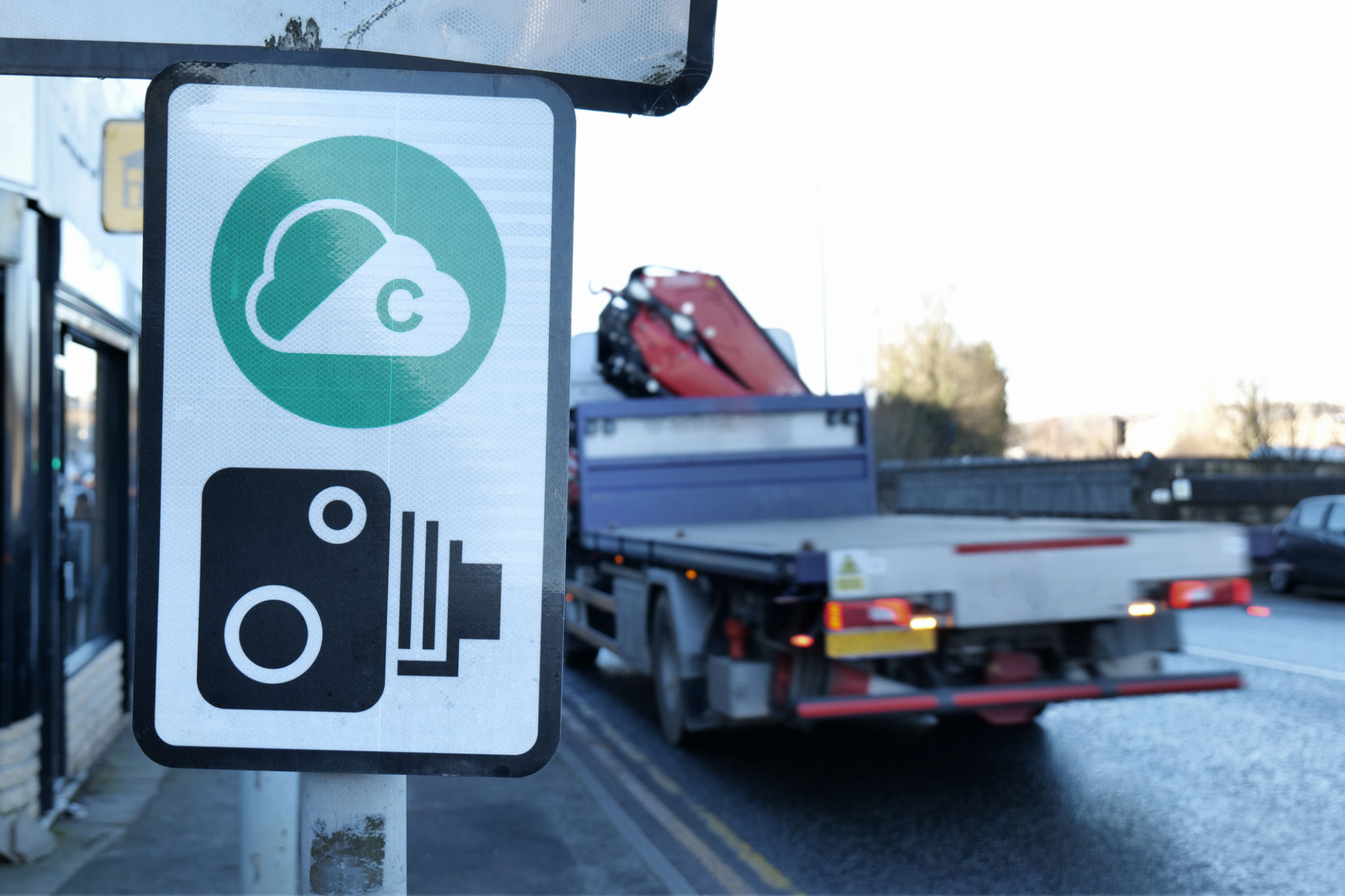Understanding UK HGV Regulations: What You Need to Know
Introduction to HGV Regulations
Understanding the regulations governing Heavy Goods Vehicles (HGV) in the UK is crucial for both new and experienced drivers. These regulations are designed to ensure the safety of road users, protect the environment, and promote fair competition within the industry. Whether you're a driver, transport manager, or business owner, staying informed about these rules can help you avoid penalties and enhance operational efficiency.

Driver Licensing Requirements
To operate an HGV in the UK, drivers must hold a valid HGV license, commonly referred to as a Category C or Category C+E license. The process involves passing a medical exam, a theory test, and a practical driving test. It's important to renew your license periodically and keep track of any changes in the licensing requirements.
Driver Certificate of Professional Competence (CPC) is another essential requirement. All professional HGV drivers must hold a CPC, which involves completing 35 hours of periodic training every five years. This ensures that drivers remain competent and knowledgeable about current regulations and best practices.
Vehicle Weight and Size Limits
The UK imposes specific weight and size limits on HGVs to ensure road safety and infrastructure protection. The maximum permissible weight for most HGVs is 44 tonnes when operating on public roads, but this can vary based on factors such as axle configuration and type of goods being transported. Similarly, height and length restrictions apply to prevent damage to roads and bridges.

Drivers and operators must be aware of these limits and ensure their vehicles comply. Overloading can lead to significant fines and pose safety risks. Utilizing weighbridges and on-board weighing systems can help maintain compliance.
Tachograph Regulations
Tachographs are devices used to record driving times, speeds, and distances. They are mandatory for most HGVs in the UK to ensure drivers adhere to legal driving hours and rest periods. The data collected helps prevent fatigue-related accidents and promotes road safety.
Drivers must understand how to operate tachographs correctly. This includes knowing how to switch between different modes (e.g., driving, resting) and regularly downloading data for record-keeping purposes. Non-compliance can result in hefty fines and potential license suspension.
Environmental Considerations
The UK government is actively working towards reducing emissions from HGVs to combat climate change. This includes introducing Clean Air Zones (CAZ) in certain cities where vehicles must meet specific emission standards or pay a charge.

Operators should consider upgrading to Euro VI engines or investing in alternative fuel vehicles like electric or hydrogen-powered trucks. Staying informed about upcoming environmental regulations can help businesses avoid penalties and contribute positively to environmental goals.
Conclusion
Navigating the complex landscape of UK HGV regulations can be challenging, but it is crucial for ensuring safety, compliance, and operational success. By staying informed about licensing requirements, vehicle limits, tachograph usage, and environmental considerations, drivers and operators can effectively manage their responsibilities and maintain high standards within the industry.
